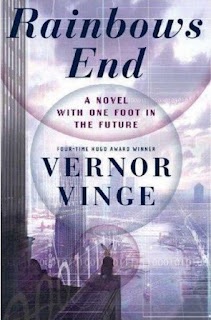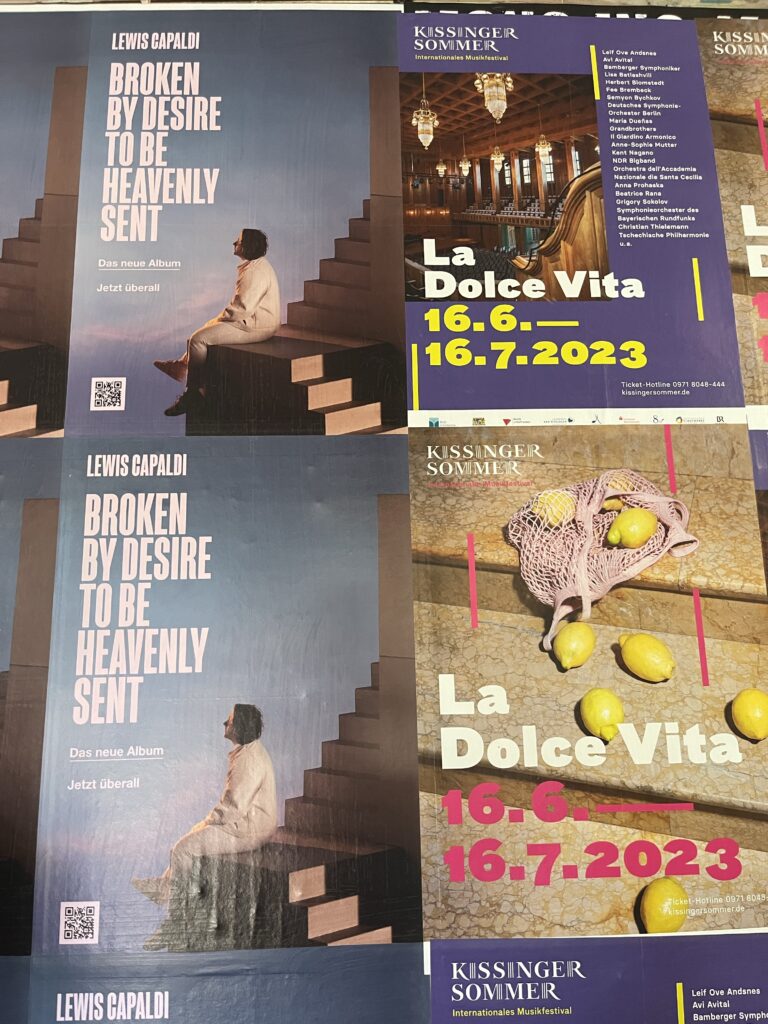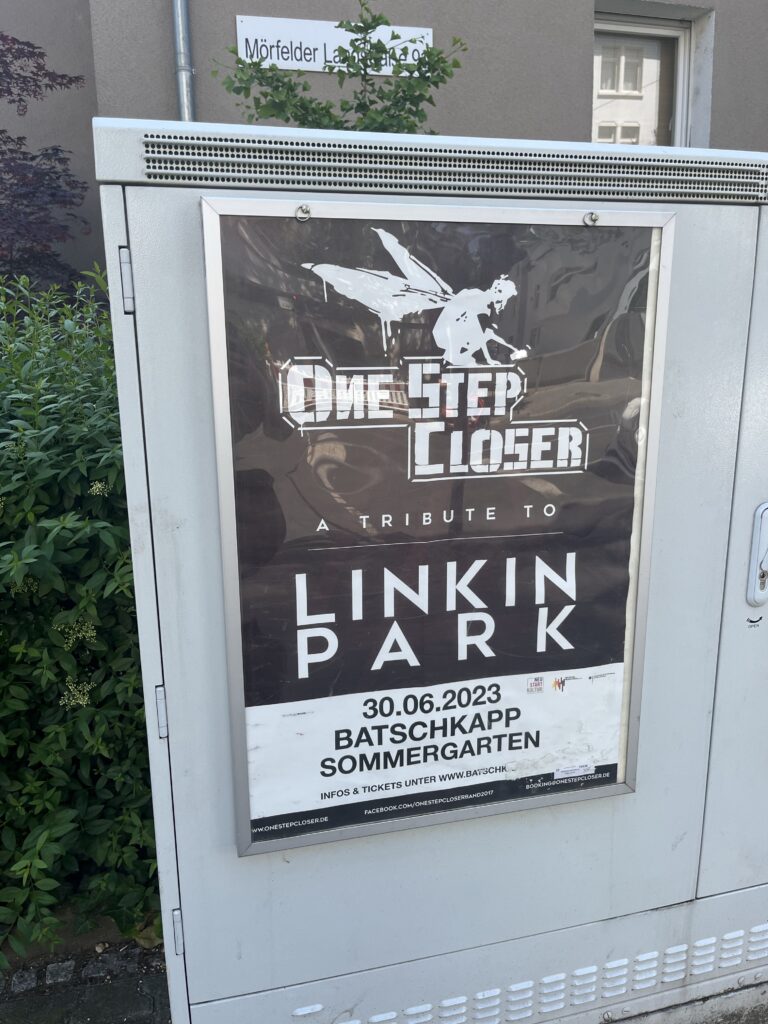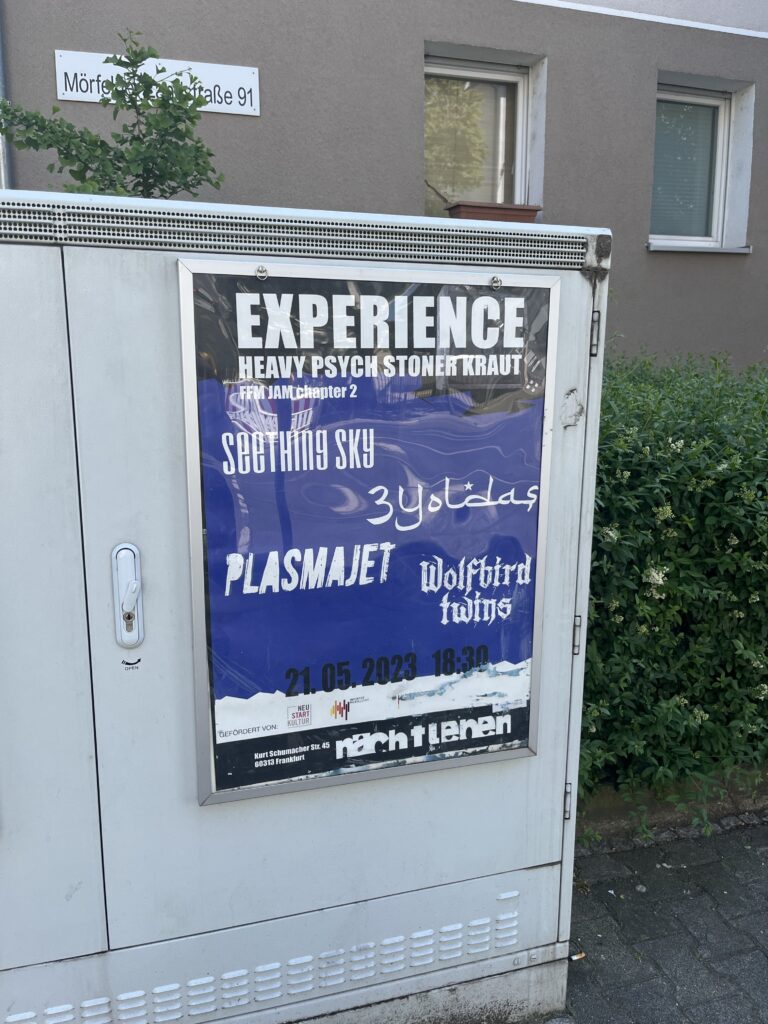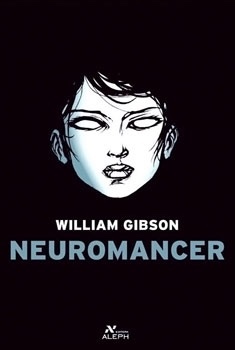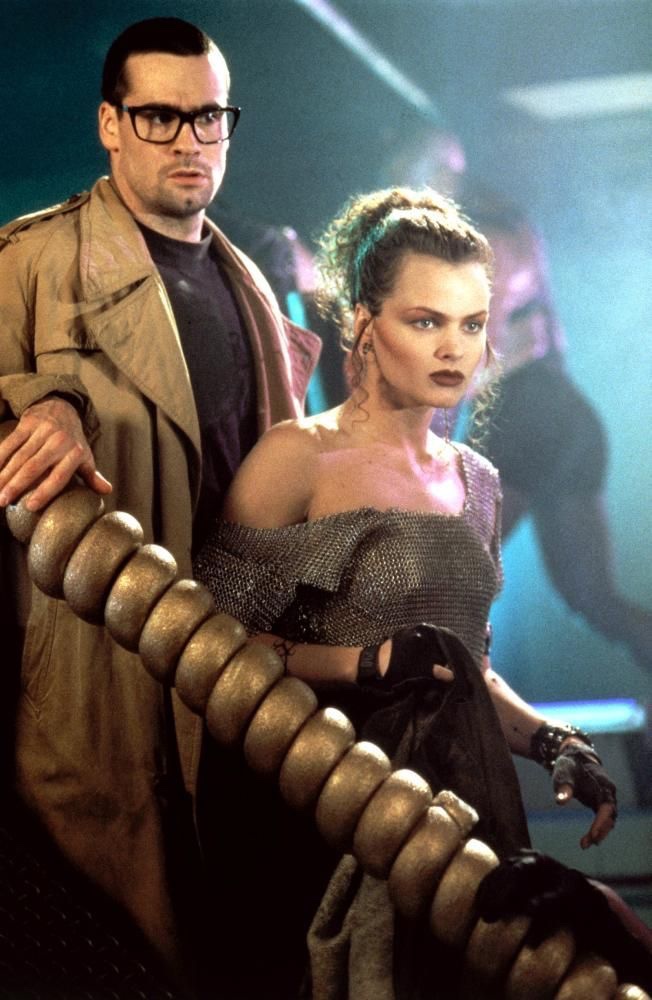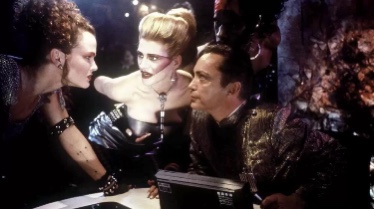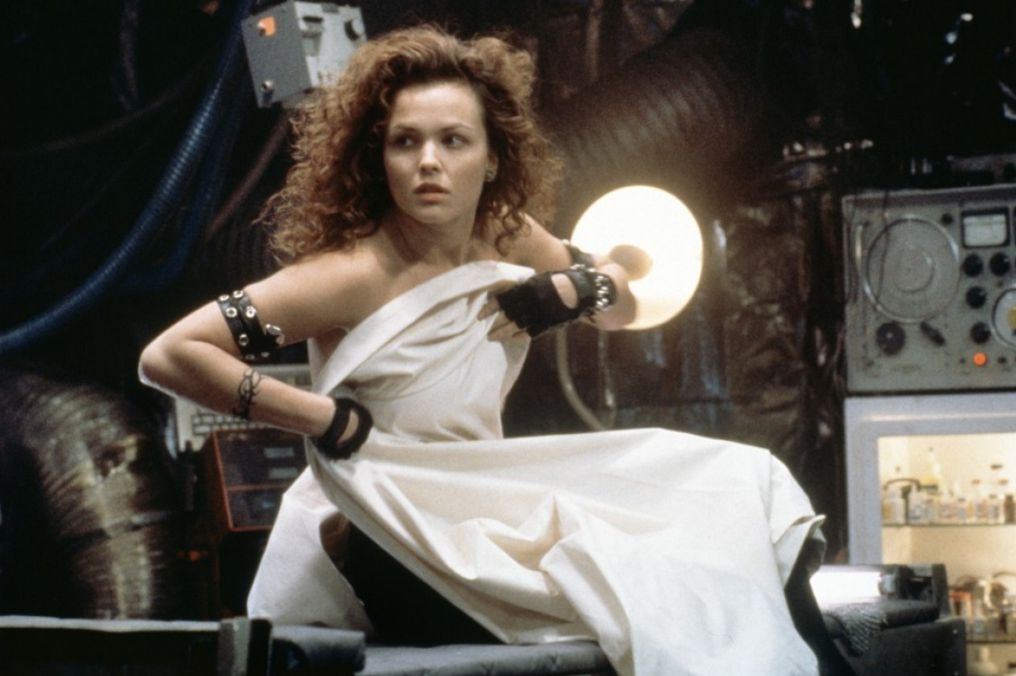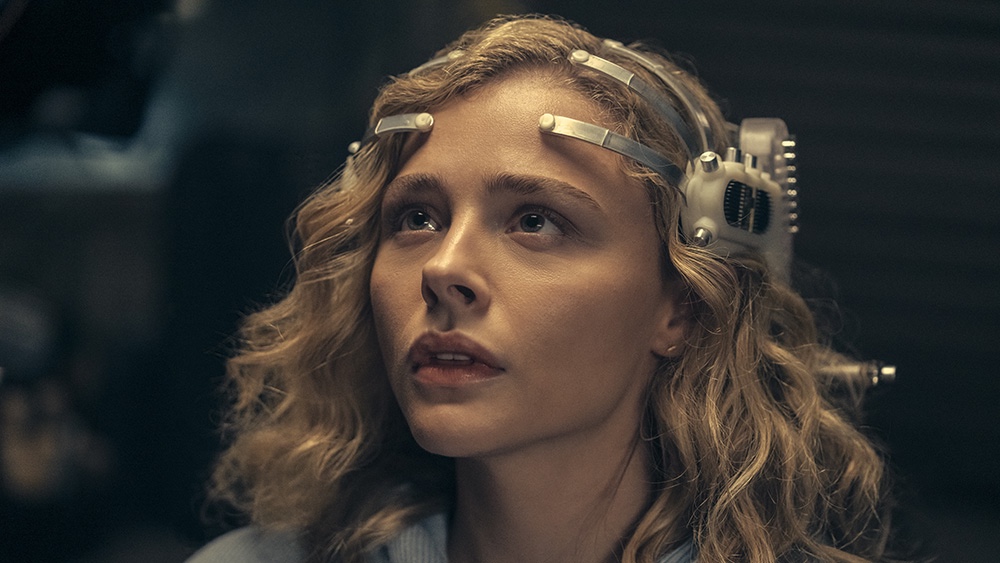Dedicated roamers of the internet are people who like to notice things. Cyperpunk aesthetics made it romantic to experience global abstractions even as the reality of the power of oligarch, state and corporation blended into murky dystopian reality.
I said recently on this photo that we’ve got to stop hyperstitioning William Gibson. We keep finding ourselves further into the future. Just look at these anonymous accounts (so you can enjoy being a participant in the propaganda) joking about a drone operator in Ukraine.
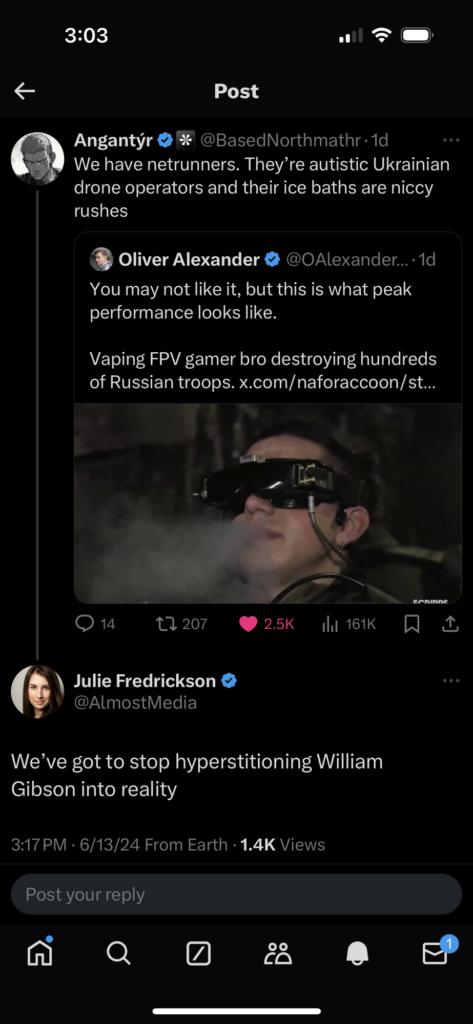
It’s hard to remember that real people exist on the other side of the abstractions. And yet here we are about to be those real people facing history. And it does seem like the time for taking action is now.
Venkatash Rao wrote an essay “many shoes are dropping” that gave me the kind of frisson of living in future, but as Gibson famously says, a bit unevenly. Across all narrative and technical arcs and and inside geopolitical realities we are starting to see the change.
In this I can’t help but see Gibson’s Jackpot. The elements that Rao calls out are multiple significant elections (not the least of which is the final installment of Biden vs Trump), the capital and nation state power consensus he calls “after Westphalia” and the intertwined fates of artificial intelligence and crypto.
A lot can change in a world where every form of power is being tested. I’ve written about this Jackpot energy before.
The fictional “jackpot” described in the novels is an “androgenic, systemic, multiplex” cluster of environmental, medical and economic crises that begins to emerge in the present day and eventually reduces world population by 80 percent over the second half of the 21st century
I myself think it a privilege to even be a bit player in this moment in time. That I can allocate resources in any way feels high leverage in a way I didn’t anticipate experiencing.
We are the adults in the room. It may not be mich but we have agency. I feel good about putting my focus on crypto, AI and nuclear energy. Like Rao I can tie together past thoughts across a wide corpus by writing here every day and make decisions based on what has emerged.
